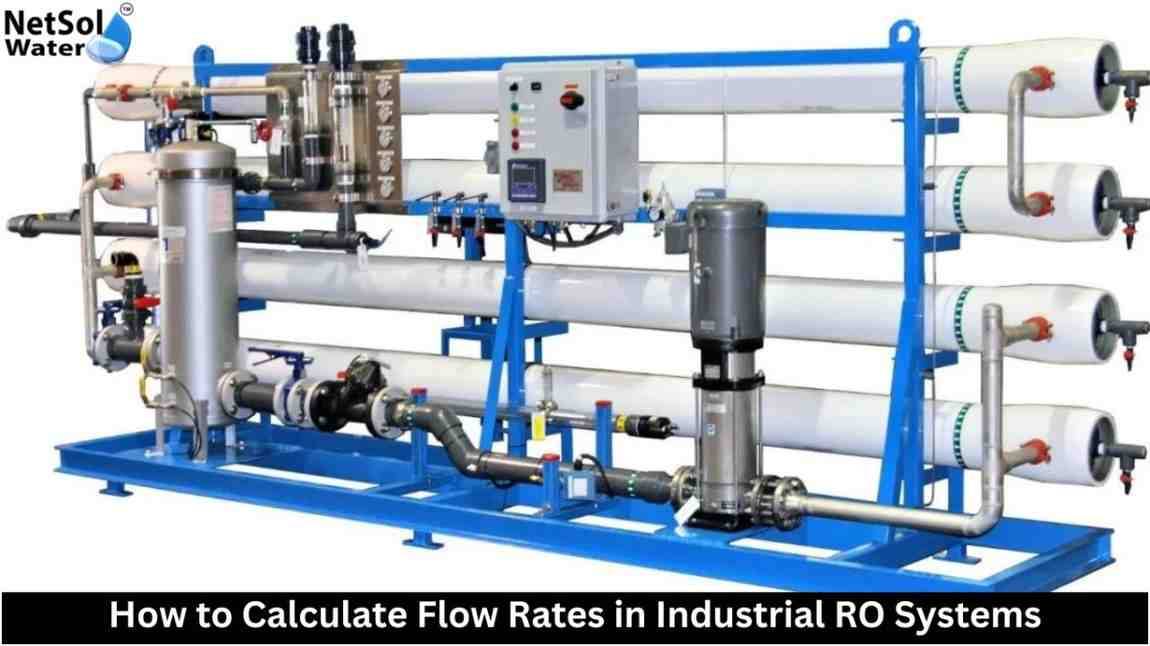
Explore
close
All Categories
- Hospital
- Home Decor
- Gym
- Education
- Dentist
- Contractor
- Consultant
- Beauty Spa
- Hotels
- Pet Shop
- PG Hostels
- Real Estate
- Restaurant
- Furniture
- RO
- Gift Shop
- Insurance
- Tour Package
- Ro Service
- Water Park
- Photographer
- Clothing
- Ac Service
- Vouchers
- Others
- Digital Marketing Agency
- Home Tution
- Plumber
- Gift Packing Services
- Electricians
- Scrap Dealers
- Physiotherapists
- Carpenter
- Physical Academy
- A few reasons you’ll love Online Business Director
- font_download Advertise with us
- store Add your business
menu
close
All Categories
- Hospital
- Home Decor
- Gym
- Education
- Dentist
- Contractor
- Consultant
- Beauty Spa
- Hotels
- Pet Shop
- PG Hostels
- Real Estate
- Restaurant
- Furniture
- RO
- Gift Shop
- Insurance
- Tour Package
- Ro Service
- Water Park
- Photographer
- Clothing
- Ac Service
- Vouchers
- Others
- Digital Marketing Agency
- Home Tution
- Plumber
- Gift Packing Services
- Electricians
- Scrap Dealers
- Physiotherapists
- Carpenter
- Physical Academy








